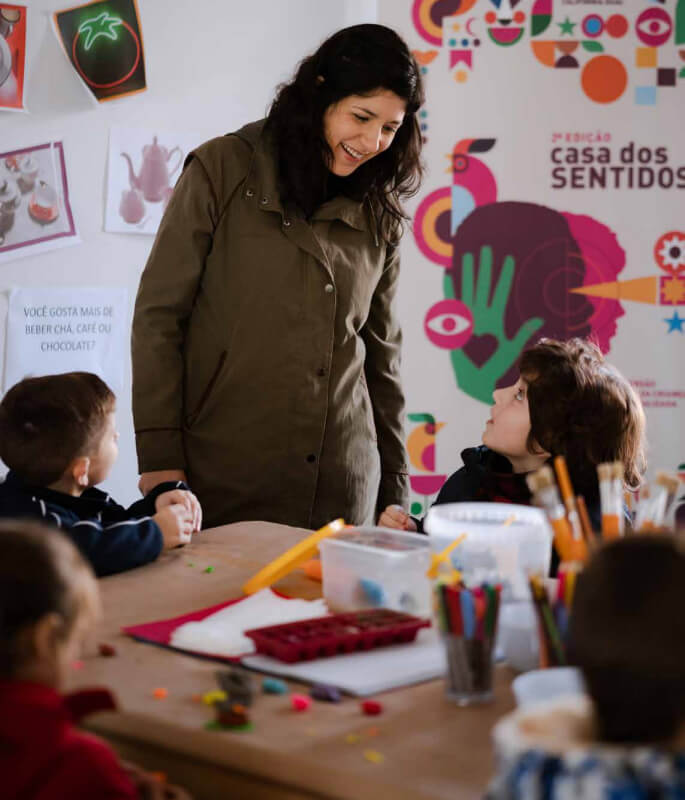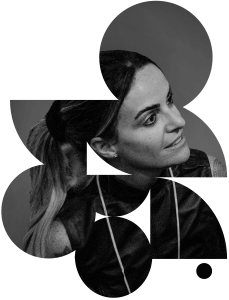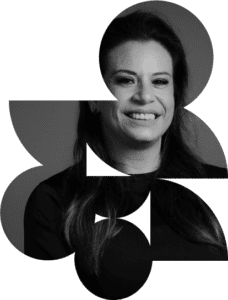a house is never
The word “casa” comes from Latin and originally referred to a cabin, a hut, a small rural dwelling, if you may. Even though today it encompasses residences of all economic and social categories, if we reflect on it, a house remains that place where the size fits in our hearts. It is the space of warmth and affection and, therefore, it can remain simple in essence. The House of Senses measures up to this exact dimension, entirely grounded in art to evoke various sensations in each room. Inspired by experiences with children and teenagers with Autism Spectrum Disorder (ASD), this scenographic housing is not fixed; it’s temporary, transitioning as an experience through the senses of hearing, taste, touch, and vision. A blend of artistic installation with a playful and sensitive encounter whose combination speaks about inclusion – a highly relevant theme that leans on diversity to broaden our worldview. It’s like this, opening new doors and windows, that we welcome you.

“Art has always been a powerful means to translate the unspeakable and the feelings that live within each one. This project creates a new concept of artistic application built from a community’s unique perspective and characteristics. Our intention with this exhibition is to use art for these representations and thus contribute to its transformative role.”
Carolina Montenegro, director of Montenegro Produções Culturais

THE PROJECT
Conceived by the Montenegro and Guanabara Cultural Productions through the Federal Law for Cultural Incentive, the visual arts exhibition Casa dos Sentidos unveils the one-of-a-kind perspective of children with Autism Spectrum Disorder. With an exhibition area of 120 square meters, the artwork is represented by a symbolic and playful scenographic construction, aiming to connect art with proposals that foster inclusion, relevance, and social transformation. The spaces, spread across five distinct rooms, bear the signatures of artists, designers, and autistic architects who guided the experience using tools that stimulate the visitor’s five senses, offering sensory and poetic readings.

HIGHLIGHTS
- PROMOTE
social inclusion for autistic children through artistic workshops; - WORK WITH
various artistic utterances as instruments of expression and self-discovery; - BRIDGE
the world of people with Autism Spectrum Disorder and society; - CREATE
an interactive and sensory artistic installation inspired by the art and worldview of autistic children.
FIRST EDITION MAKING OF, 2022.

HOW IT WORKS
PHASE 1 | 25 ARTISTIC WORKSHOPS + group of autistic children
The first phase involves the realization of 25 ARTISTIC EXPERIENCES of creativity with groups of 10 autistic children, guided by specialists, monitors, and artists. In total, up to 250 CHILDREN may participate.
Through various techniques, children are invited to engage in dynamic activities, representing their unique universes through artistic expressions.
PHASE 2 | ARTISTS + reinterpretations of works
After the completion of the first phase, a collective of artists, designers, and architects are invited to work on reinterpretations of the works developed by the children, creating artistic and functional representations symbolizing the universe of this audience through the construction of a SCENOGRAPHIC HOUSE.
PHASE 3 | CREATIVE WORKSHOPS + 2 thousand children
To share the project’s experience with more children and work with transformative content, the project production offers creativity workshops to all institutions benefiting from the project and already engaged in a project with autistic children. The pedagogical proposal of the workshops, as well as execution material, is provided by the project for 2,000 CHILDREN.


EMPATHY
The key theme of the second edition
In the 2023-2024 edition, Casa dos Sentidos will occupy an area of approximately 80m2, divided into five modular exhibition spaces. Kitchen, bedroom, dining room, and bathroom will be created by a new group of artists, particularly highlighting illustration and graffiti techniques. The spaces, including the exterior, explore the human senses based on the perceptions of autistic children, as in the first edition – serving as the sensitive starting point for the entire project’s development.
This is an opportunity for a gathering with what is out of the ordinary, to see the world from another perspective. It’s one of those places where we confront sensory (dis)comforts: to stir emotions, question, and enchant. A home open to all people who believe in the power of diversity and the beauty that blossoms from it.
WATCH the 2023-2024 edition´s teaser

CAROLINA MONTENEGRO,
creator and director
Carolina Montenegro is the originator and director of the Casa dos Sentidos project. She was the one who had the idea of creating a house where artistic inspiration would come through the eyes of autistic children.
This year, in the project’s second edition, Carol is responsible for organizing everything in order to take the exhibition to 7 cities and also, the company’s first international experience, which should take place in California, at the University of San Diego.

JOCIAN MACHADO BUENO,
researcher
Master’s degree in Education, with specializations in Exercise and Health, Psychomotricity, Special Education, and Neuropsychology. Graduated in Physical Education and Psychology, Psych pedagogist, Aquatic Psychomotor Therapist, Advanced International Therapist – DIR Floortime Approach. She is the Director of the Water and Life Psychomotricity Center and the author of numerous books.

NONNIE FENIANOS,
architect
Architect graduated from the Tuiuti University of Paraná. A professional with 10 years of experience, she has been involved in projects focused on residential and commercial architecture, pools, cultural projects, scenography, interiors, and renovations. Since 2018, she has been working as an architect, creating and coordinating projects at Montenegro Produções. At Casa dos Sentidos, Nonnie is the individual who transforms conceptual ideas on paper into tangible reality, converting them into actionable plans and projects.

GIVAGO FERENTZ,
architect
An alumnus of Positivo University (UP) in Curitiba, he holds a degree in architecture. With postgraduate studies in Public Works of Buildings from the Ponta Grossa State University (UEPG) and in Office Management for Architecture from the Positivo University. Presently, while taking the lead on and naming key projects at Givago Ferentz Architecture, he also holds the position of Coordinator in the Technical Chamber of Interior Architecture at the Council of Architecture and Urbanism of Paraná (CAU PR).